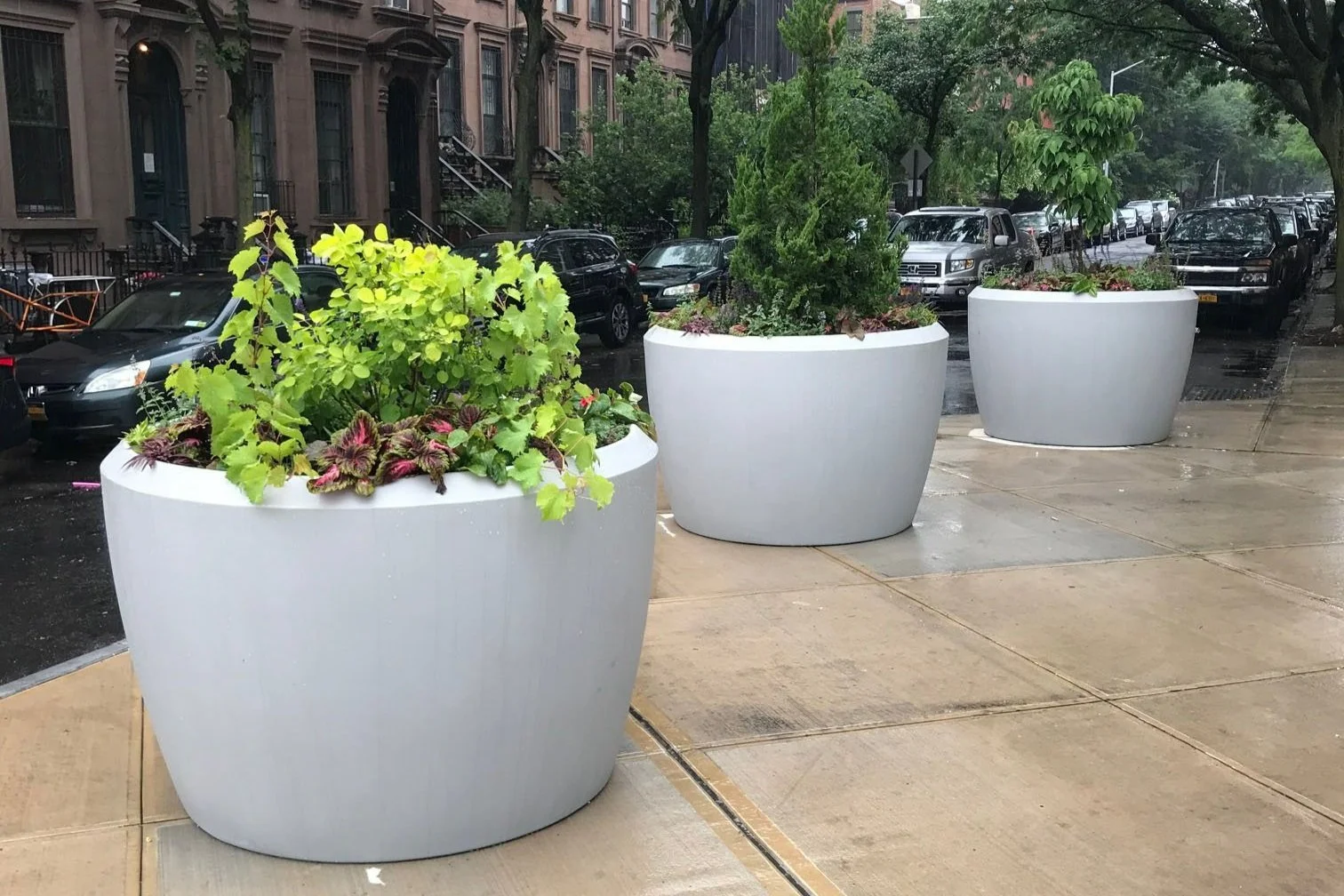Sustainable Techniques and Materials for New Construction
Creating a sustainable building is no easy task. It requires a delicate balance of a multitude of factors that allow the building to conserve water, energy, and materials to be most efficiently used from initial creation until the end of use, after which it is ideal if the building can be reused or recycled. Although this is no small feat, there are a number of innovative techniques and materials that can help construction professionals achieve sustainability in new construction.
Waterproofing Below Grade Areas
Below-grade areas of a building, such as the foundation, basement, or crawl spaces, inherently attract water. Once the water is introduced, it will then follow the path of least resistance, making its way into your home if it gets the chance. Among the ways that water can enter below-grade areas include:
Penetrating poorly constructed foundation walls
Window or vent openings
Movement in the mortar joints
Once water enters the foundation, it can undermine the home in many ways, most of which are expensive, difficult, or impossible to repair.
Therefore, when starting a new construction project, one of the best ways to ensure sustainability is by waterproofing foundation walls. Waterproofing involves adding a waterproof membrane to the foundation walls, with a simple drainage board to move the water away from the building. Combined with the appropriate surface drainage and drainpipe, this layered system can keep moisture completely away from the below-grade areas of a building, ensuring structural integrity for years to come.
Passive Solar Design
image © pexels
While there is no denying the popularity and efficacy of solar panels as an active means of using solar energy, the most innovative builders are able to leverage passive solar design and limit the need for energy altogether. By carefully balancing location, design, and orientation, builders are able to maximize heat for solar energy during the colder winter months, while reducing the impact of the sun during the summer.
Among the key tenets of the passive solar design technique include:
Realizing that the sun travels different routes through the sky at various times of the year and positioning the building accordingly, based on the surrounding landscape
Positioning glass windows to the south so that more solar energy is absorbed within the building during the winter
Placing high thermal mass materials in a position to absorb the most sun, allowing it to store the solar energy and release it slowly throughout the day
Using innovative and stylish awnings and overhangs to minimize solar heating during the summer
Making insulation a priority during construction
Incorporating Greater Fire Protection
In order for a building to be considered sustainable, it must be able to mitigate the damage incurred during fires or natural disasters. As a result, construction professionals are paying close attention to the various building construction types to help them gauge whether or not a home will require significant resources to restore after a fire.
While building a Type I, fully fire resistive structure may result in a bit higher upfront cost, it will withstand fire damage admirably and result in lower maintenance and repair attention throughout the years. Some ways to help achieve Type I construction include:
ICF framing
Fiber cement siding
Polished concrete flooring
Fire protection systems
Customizing for Unique Needs
Technology has changed the construction industry in many ways, most of which have direct sustainability benefits. For example, IoT systems allow for the creation of “smart” building materials that can adjust their properties at various times of the day or in the face of certain weather conditions, while BIM software lets designers make a virtual dream house and iron out kinks in the process before breaking ground.
Technology has even yielded improvements in the prefab sphere. While steel buildings used to be mass-produced, cookie-cutter copies of one another, the leading providers can now factor in location, size, use, and environmental factors to create a customized structure to suit the needs of a specific client, guaranteeing the best in long-lasting performance.
Fortifying Exterior Spaces
image © unsplash
The COVID-19 pandemic helped re-establish the importance of fresh air and functional exterior spaces. As a result, with redoubled attention on making outside areas attractive and usable, there has been increased attention dedicated to making sure that these areas have sustainable features. Some trends include:
Living roofs to help absorb water runoff and balance carbon emissions
Applying pmma coating to concrete sidewalks, patios, and decks to prevent degradation
Louvered pergolas to increase shade and protect exterior structures from the elements
The Most Sustainable Techniques and Materials for New Construction
Creating a sustainable building means creating a structure that conserves resources throughout its lifespan. With this in mind, waterproofing below-grade areas, passive solar design, incorporating greater fire protection, customizing for unique needs, and fortifying exterior spaces are some ideas for combining sustainable techniques and materials that help a building realize its conservation goals.
Author Bio: Ryan Shure is an editor for the Innovative Building Materials blog and a content writer for the building materials industry. He is focused on helping fellow homeowners, contractors, and architects discover materials and methods of construction that save money, improve energy efficiency, and increase property value
cover image © pexels








